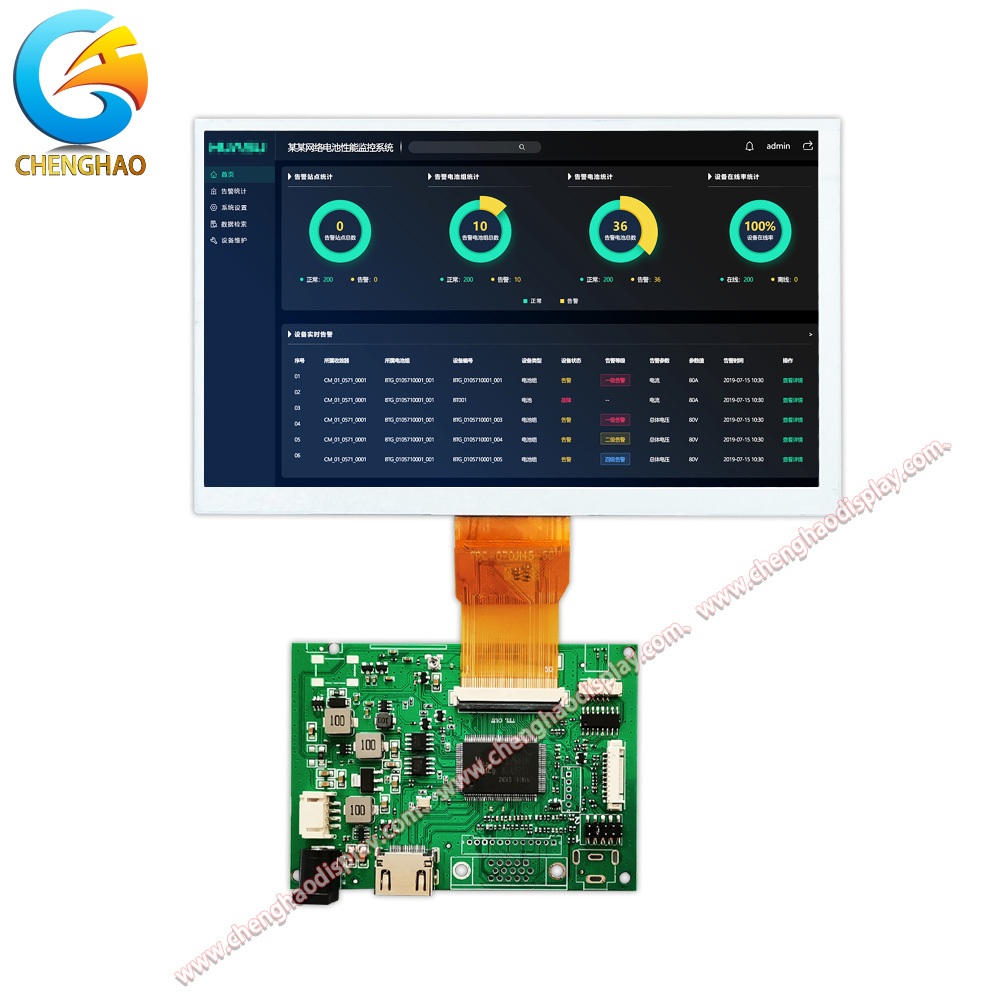Unveiling the Impact of Refresh Rate on TFT Display Performance
2024-05-23
The refresh rate of a display is a critical factor that significantly influences the user experience, particularly in fast-paced applications like gaming and video playback. In the realm of TFT (Thin-Film Transistor) displays, understanding how refresh rate affects performance is essential for optimizing visual quality and responsiveness. Let's delve into the intricacies of refresh rate and its implications for TFT displays.
The Essence of Refresh Rate
Refresh rate refers to the number of times per second that a display updates or refreshes the image on the screen. It is measured in Hertz (Hz), with higher values indicating more frequent updates. A refresh rate of 60 Hz means the display refreshes the image 60 times per second.
Smoother Motion and Reduced Motion Blur
One of the primary benefits of a higher refresh rate is smoother motion rendition. In fast-moving scenes, such as action sequences in movies or gameplay in video games, a higher refresh rate results in more fluid and lifelike motion. This improvement is especially noticeable during rapid camera pans or character movements, where lower refresh rates may introduce motion blur and artifacts.
Enhanced Responsiveness and Reduced Input Lag
Another advantage of a higher refresh rate is improved responsiveness and reduced input lag. When interacting with a display, whether through a mouse, keyboard, or controller, a higher refresh rate can translate user inputs into on-screen actions more quickly. This instantaneous feedback is crucial for competitive gaming and other time-sensitive applications, where split-second reactions can make a significant difference.
Optimal Performance in Gaming
Gaming enthusiasts often prioritize displays with high refresh rates for their responsiveness and smooth gameplay experience. With faster refresh rates, gamers can enjoy reduced motion blur, increased fluidity in motion, and improved input responsiveness, leading to a more immersive and enjoyable gaming session. Many gaming monitors feature refresh rates of 144 Hz or even 240 Hz to cater to the demands of competitive gaming.
Considerations for Multimedia and Productivity
While high refresh rates offer undeniable benefits for gaming and multimedia consumption, their significance may be less pronounced in other applications, such as office productivity or web browsing. However, users who frequently work with animations, videos, or multimedia content may still appreciate the smoother motion and enhanced visual clarity provided by higher refresh rates.
Compatibility and Hardware Requirements
It's essential to consider compatibility and hardware requirements when opting for a display with a high refresh rate. To take full advantage of a high refresh rate monitor, the graphics processing unit (GPU) driving the display must be capable of rendering frames at a corresponding speed. Additionally, ensuring that the display interface, such as HDMI or DisplayPort, supports the desired refresh rate is crucial for optimal performance.
Conclusion
In the realm of TFT displays, refresh rate plays a pivotal role in determining visual quality, responsiveness, and overall user experience. Whether indulging in intense gaming sessions, watching high-definition videos, or performing everyday tasks, the refresh rate influences how content is displayed and how users interact with their devices. Understanding the impact of refresh rate empowers consumers to make informed decisions when selecting TFT displays that best suit their needs and preferences.



